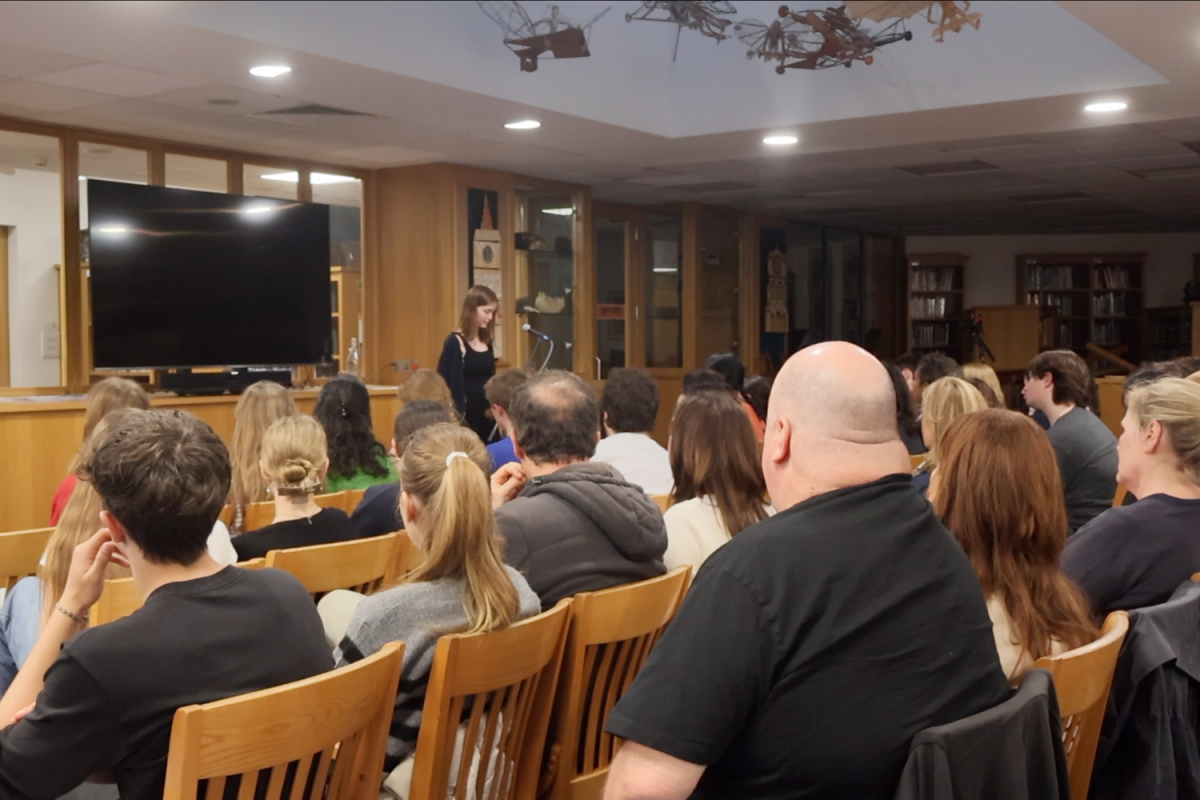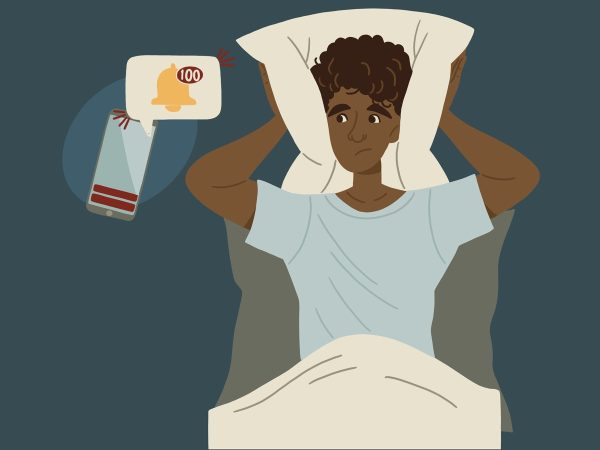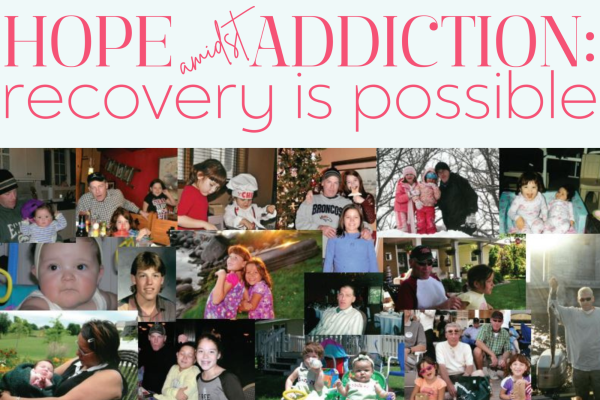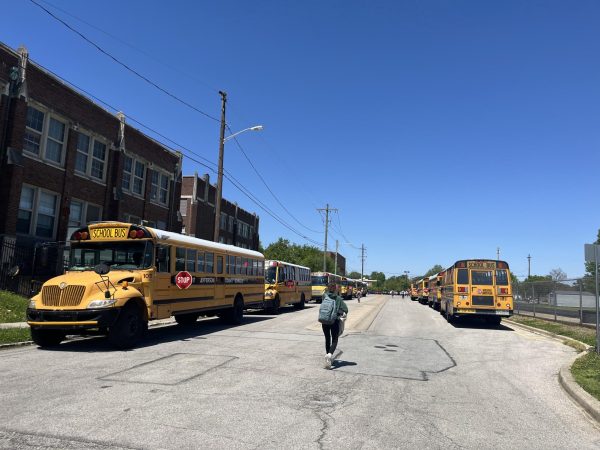Editorial: Trigger warnings should be added to school content
Mohamed Hassan/Pixabay/CC0
Many students suffer from mental health issues that can be exacerbated by triggers.
September 24, 2021
Content warning: this editorial discusses topics that may be triggering to certain readers.
Messages with warnings about subject matter within posts, movies, shows, and more have been popping up on the internet since the early 2000s. The term “trigger warning” was derived after psychologists named the Post Traumatic Stress Disorder (PTSD) symptoms of veterans who had fought in World War II “triggers.”
It’s important to recognize that each trigger is as valid as the next and act accordingly. Just as gunshots can provoke a soldier’s PTSD, readings at school can cause flashbacks that are psychologically harmful to students. Triggers can be relevant to eating disorders, suicidal thoughts, and various other disorders. People are now using content warnings to preface content to distinguish between the physical instigants of PTSD and instigants of disorders with more visual triggers.
Carlmont’s curriculum has included many books that included potential triggers, including rape, violence, and self-harm. But none of these books have included content warnings. This is despite the fact that 31.9% of adolescents are diagnosed with anxiety disorders.
This is unacceptable. Some of the visuals and written words in our textbooks and English novels can cause severe relapses in many mental disorders. If schools decide to push out such content to students that could be potentially traumatic, trigger warnings should be put on this material.
Some may argue that students could potentially use these warnings as an excuse to leave class and avoid learning important material. But more often than not, this is not the case. According to NPR, the most that happens when professors include warnings is that some students step outside for a few minutes.
There is the question of what content requires warnings and what does not. Many teachers find themselves in the predicament of not wanting students to easily exit topics that may challenge their beliefs, such as texts on racism. Others may worry that content warnings could be warranted for an infinite amount of subject matter, taking away time from their lessons.
However, content warnings are not designed for these topics but rather specific phrases that may relate to a person’s trauma. For instance, general examples of racism are not traumatizing, whereas specific acts of violence might be. This means that students do not usually need to skip whole discussions or texts but rather avoid specific phrases and parts of texts, meaning content warnings cause a two-sentence inconvenience for teachers, not the creation of a new curriculum.
Others argue that teachers shouldn’t change their habits for a select few, but this has not been the case for other problems plaguing schools, and rightly so. About 0.6% of people are transgender, and Carlmont has gender-neutral bathrooms. Only about 2.3% of students have 504 plans, and Carlmont instituted the system schoolwide. Why should it be any different for the 5% of students with PTSD, not to mention countless other disorders with triggers?
Ultimately, Carlmont’s inability to address the needs of students who have greater mental health problems needs to be fixed. A simple warning could save a student from an abundance of trauma.
This editorial reflects the views of the Scot Scoop editorial board and was written by Lindsay Augustine.
This story was originally published on Scot Scoop News on September 22, 2021.





![With the AISD rank and GPA discrepancies, some students had significant changes to their stats. College and career counselor Camille Nix worked with students to appeal their college decisions if they got rejected from schools depending on their previous stats before getting updated. Students worked with Nix to update schools on their new stats in order to fully get their appropriate decisions. “Those who already were accepted [won’t be affected], but it could factor in if a student appeals their initial decision,” Principal Andy Baxa said.](https://bestofsno.com/wp-content/uploads/2024/05/53674616658_18d367e00f_o-1200x676.jpg)






![Junior Mia Milicevic practices her forehand at tennis practice with the WJ girls tennis team. “Sometimes I don’t like [tennis] because you’re alone but most of the time, I do like it for that reason because it really is just you out there. I do experience being part of a team at WJ but in tournaments and when I’m playing outside of school, I like that rush when I win a point because I did it all by myself, Milicevic said. (Courtesy Mia Milicevic)](https://bestofsno.com/wp-content/uploads/2024/06/c54807e1-6ab6-4b0b-9c65-bfa256bc7587.jpg)








![The Jaguar student section sits down while the girls basketball team plays in the Great Eight game at the Denver Coliseum against Valor Christian High School Feb. 29. Many students who participated in the boys basketball student section prior to the girls basketball game left before half-time. I think it [the student section] plays a huge role because we actually had a decent crowd at a ranch game. I think that was the only time we had like a student section. And the energy was just awesome, varsity pointing and shooting guard Brooke Harding ‘25 said. I dont expect much from them [the Golden Boys] at all. But the fact that they left at the Elite Eight game when they were already there is honestly mind blowing to me.](https://bestofsno.com/wp-content/uploads/2024/05/IMG_7517-e1716250578550-900x1200.jpeg)









![BACKGROUND IN THE BUSINESS: Dressed by junior designer Kaitlyn Gerrie, senior Chamila Muñoz took to the “Dreamland” runway this past weekend. While it was her first time participating in the McCallum fashion show, Muñoz isn’t new to the modeling world.
I modeled here and there when I was a lot younger, maybe five or six [years old] for some jewelry brands and small businesses, but not much in recent years,” Muñoz said.
Muñoz had hoped to participate in last year’s show but couldn’t due to scheduling conflicts. For her senior year, though, she couldn’t let the opportunity pass her by.
“It’s [modeling] something I haven’t done in a while so I was excited to step out of my comfort zone in a way,” Muñoz said. “I always love trying new things and being able to show off designs of my schoolmates is such an honor.”
The preparation process for the show was hectic, leaving the final reveal of Gerrie’s design until days before the show, but the moment Muñoz tried on the outfit, all the stress for both designer and model melted away.
“I didn’t get to try on my outfit until the day before, but the look on Kaitlyn’s face when she saw what she had worked so hard to make actually on a model was just so special,” Muñoz said. “I know it meant so much to her. But then she handed me a blindfold and told me I’d be walking with it on, so that was pretty wild.”
Caption by Francie Wilhelm.](https://bestofsno.com/wp-content/uploads/2024/05/53535098892_130167352f_o-1200x800.jpg)








![The Jaguar student section sits down while the girls basketball team plays in the Great Eight game at the Denver Coliseum against Valor Christian High School Feb. 29. Many students who participated in the boys basketball student section prior to the girls basketball game left before half-time. I think it [the student section] plays a huge role because we actually had a decent crowd at a ranch game. I think that was the only time we had like a student section. And the energy was just awesome, varsity pointing and shooting guard Brooke Harding ‘25 said. I dont expect much from them [the Golden Boys] at all. But the fact that they left at the Elite Eight game when they were already there is honestly mind blowing to me.](https://bestofsno.com/wp-content/uploads/2024/05/IMG_7517-e1716250578550-450x600.jpeg)







